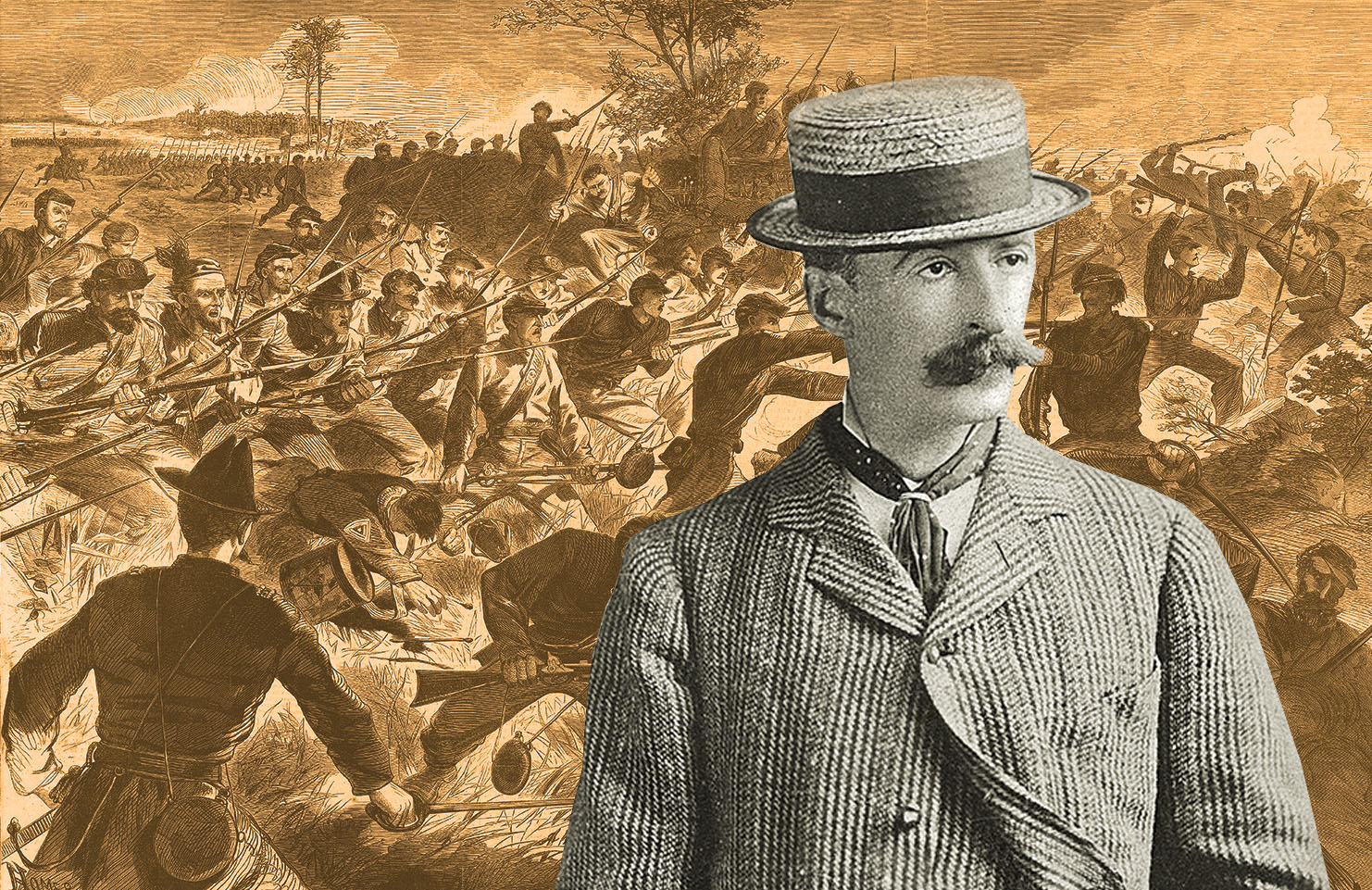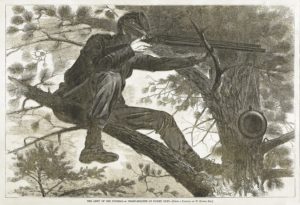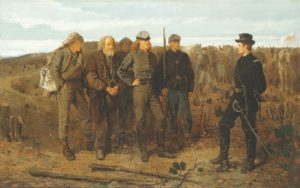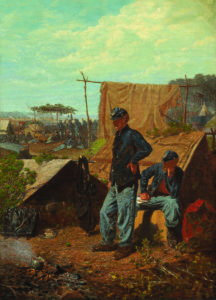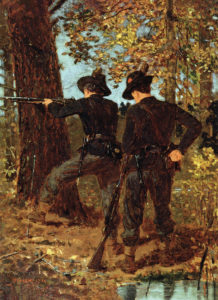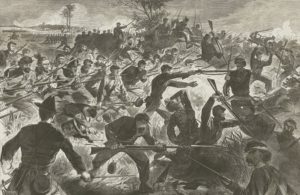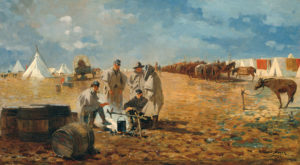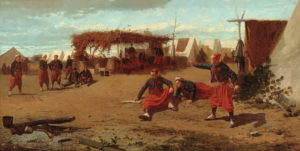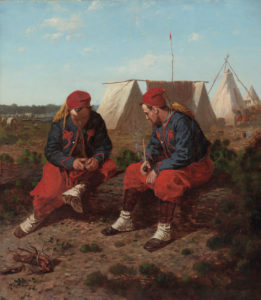The Civil War marked a major transition in American history. It also marked one of several turning points in the evolving artistic career of Winslow Homer.
Born on Feb. 24, 1836, in Boston, Homer first worked as an apprentice printmaker for J.H. Bufford but quit within a couple years, later stating, “From the time I took my nose off that lithographic stone, I have had no master and never shall have any.”
In 1859 he moved to New York to develop his artistic talents, taking up oil painting and working as a freelance illustrator for Harper’s Weekly, the self-described “Journal of Civilization.” At the outset of the war in 1861 Harper’s dispatched him to Virginia as an artist-correspondent.
Homer suffered as much as the soldiers he accompanied, his mother later observing, “He came home so changed that his best friends did not know him.” Yet the war had instilled in him an empathy that manifested itself in his best works.
Here are some of his dynamic portrayals of scenes during the conflict:
After the war Homer recalled looking down a Union sharpshooter’s sight at Yorktown, Va., in April 1862. “[The] impression struck me as being as near murder as anything I ever could think of in connection with the Army,” he wrote, “and I always had a horror of that branch of service.”
Unlike the subjects in so many of his portrayals, the faces of Homer’s sharpshooters are turned away from the viewer, their identities as irrelevant as their humanity. They are defined only by the murderous profession on which they single-mindedly concentrate.
Although Homer initially depicted only what he witnessed, by 1863 his illustrations had become more conceptual and anecdotal, reflecting a more nuanced understanding of the war’s import and impact on the nation. He also began rendering his drawings into oils, which New York’s National Academy of Design exhibited through 1866.
In the immediate postwar period Homer favored such subjects as childhood and young women—reminders of a world that had been violently altered.
He returned to Virginia in the mid-1870s to observe and portray the effects of Reconstruction on the lives of former slaves.
In 1866–67 Homer lived and painted in Paris. On his return stateside he earned widespread recognition for his watercolor depictions of landscapes and maritime subjects. In 1883 he settled into a studio in coastal Prouts Neck, Maine, where he lived until his death on Sept. 29, 1910. MH
This article appeared in the September 2020 issue of Military History magazine. For more stories, subscribe here and visit us on Facebook:

